Bhagwan Prajapati stands as a profound figure in Hindu cosmology, revered as the Bhagwan of creatures and the master of all born beings. Emerging from the Vedic era, his identity intertwines with the origins of creation itself, often associated with the concept of the golden egg and the cosmic germ. Prajapati’s presence bridges the ancient texts, where he is sometimes seen as the creator god Brahma, and at other times as a distinct force embodying creative power, sacrifice and the procreative spark that animates the universe. His influence extends beyond humanity, encompassing animals and the natural world, highlighting his role as a universal progenitor. Though his prominence diminished as Hindu traditions evolved, the legacy of Prajapati endures in rituals, mythic narratives and the philosophical foundations of Hindu thought, marking him as a pivotal architect of existence and a symbol of life’s perpetual renewal.
Who is Bhagwan Prajapati?
Prajapati is a foundational deity in Hindu mythology, recognized as the Bhagwan of creatures and the architect of creation. His identity spans the Vedic and post-Vedic periods, where he is described as emerging from the golden cosmic egg and initiating the creation of gods, humans, animals, and the natural order. In the early Vedic texts, Prajapati is the supreme creator, shaping the universe and establishing the cycles of life, seasons, and cosmic laws. Over time, his role evolved, and he became closely linked with Brahma, the creator god of the Hindu trinity. Brahma eventually absorbed many of Prajapati’s functions, and the title Prajapati was extended to several progenitors, including Daksha, Kashyapa, Angirasa, and Bhrigu, who were tasked with populating the world and maintaining cosmic order.
Prajapati’s family lineage is intertwined with the origins of many gods and sages. He is often depicted as the father or progenitor of significant deities and beings, including Agni, Indra, Soma, and the first humans. His descendants, known as the Prajapatis, played crucial roles in the formation of various cosmic races and lineages. Daksha, one of the most prominent Prajapatis, is a central figure in many myths and is known as the father of Sati, who married Shiva. This lineage connects Prajapati to key events and relationships in Hindu mythology, highlighting his importance as the source of divine and earthly life.
Prajapati is associated with elements that symbolize creation and fertility. He is often depicted as a majestic figure, sometimes with multiple heads, representing his omnipresence and creative power. His symbols include the golden egg, which signifies the origin of the universe, and his connection to fertility rituals and agricultural abundance. Prajapati’s attributes emphasize his role as a nurturer and protector of life, and his presence is invoked in ceremonies that celebrate birth, growth, and renewal.
Significance of Bhagwan Prajapati
Bhagwan Prajapati holds deep philosophical and spiritual significance in Hindu tradition as the primordial creator and the embodiment of life’s generative force. He represents the cosmic principles of creation, preservation, and cyclical renewal, symbolizing the interconnectedness of all beings and the underlying harmony of the universe. Prajapati’s presence in Vedic rituals, especially those involving fire and sacrifice, highlights his role as the source of life, the sustainer of existence, and the bridge between the physical and metaphysical realms. Philosophically, he is seen as a manifestation of the creative energy that permeates the cosmos, inspiring seekers to realize the divine purpose of existence and the unity of all creation.
Regionally, Prajapati’s worship varies across India. In North India, he is closely linked with Brahma and honored through Vedic fire rituals and sacrifices. In South India, he is revered as a guardian deity, especially during agricultural festivals and ceremonies that celebrate fertility and prosperity. Temples dedicated to Prajapati, such as those in Pushkar, Rajasthan, and Tamil Nadu, serve as important centers for spiritual learning and community gatherings. These sites host annual fairs and pilgrimages that draw devotees from across the country, reflecting his enduring cultural impact.
Several festivals and rituals are dedicated to Prajapati, underscoring his importance in both daily life and special occasions. The Prajapati Puja is performed in various regions, often on auspicious days or during full moons, to invoke blessings for progeny, marital harmony, and abundance. Harvest festivals like Pongal and Makar Sankranti include prayers and offerings to Prajapati, honoring his role in fertility and creation. Vedic yagnas and fire sacrifices, such as Agnicayana and Vajapeya, are conducted to seek universal harmony and spiritual fulfillment, with Prajapati invoked as the guiding force behind these rites. Through these diverse practices, Prajapati’s legacy endures as a symbol of creation, continuity, and the sanctity of life.
Iconography & Symbolism
Prajapati is typically portrayed as an aged yet vigorous sage, embodying wisdom and the eternal continuity of creation. He is often seated in a meditative posture, surrounded by animals of various kinds, emphasizing his role as the Bhagwan and protector of all living beings. His iconography includes symbols such as the sacred fire, signifying the spark of creation and life force, and the lotus, representing purity, growth, and the unfolding of cosmic order. The cosmic egg, or Hiranyagarbha, is another key symbol, illustrating the origin of the universe and the potential for all existence. Animals like goats, cows, horses, bulls, antelope, oxen, and even ants are frequently depicted with him, highlighting his deep connection with the natural world and fertility.
In art, sculptures, and temple depictions, Prajapati is shown as a serene and majestic figure, sometimes with multiple heads or faces to symbolize his all-encompassing nature. He may be seen holding a lotus, reinforcing his association with purity and creation. Temples dedicated to Prajapati often feature intricate carvings and statues that narrate scenes from creation myths and his role as the progenitor of life. The presence of animals in these depictions underscores his status as the caretaker of all creatures. Some myths also connect him with the primordial boar, the bird, and the tortoise, animals that carry significant ritual importance and later become associated with other major deities.
Color symbolism plays a significant role in Prajapati’s representation. Gold is used to denote creation and abundance, white signifies purity, and red stands for energy and life force. His posture is typically meditative, reflecting his contemplative and creative essence. Mudras, or symbolic hand gestures, are not heavily emphasized in his iconography, but his serene demeanor and the objects he holds, such as the lotus or the sacred fire, communicate his divine attributes and his central role in the unfolding of creation.
Origin of Bhagwan Prajapati
The origins of Bhagwan Prajapati are rooted in the earliest layers of Hindu scripture, where he emerges as the primordial creator and the source of all life. In the Rigveda, Prajapati is depicted as arising from the golden cosmic egg, or Hiranyagarbha, floating in the primordial waters. From this cosmic egg, he initiates the process of creation, producing the gods Agni, Indra, and Soma with his first breaths, while his downward breath gives rise to the Asuras. His tears and actions generate the elements, air, earth, and sky, establishing the foundation of the universe and the cycles of nature. This act of creation is not just physical but also deeply symbolic, representing the birth of order and life from the undifferentiated chaos of the cosmic waters.
Prajapati’s story continues across the Vedas, Brahmanas, Upanishads, and major epics. In the Shatapatha Brahmana, he is self-created from the ultimate reality, Brahman, and collaborates with Vac, the goddess of speech, to bring forth all beings. The Upanishads present him as the embodiment of creative power, the knower of the self, and a spiritual teacher within every living being. In the Mahabharata and Ramayana, Prajapati is recognized as the progenitor of dynasties and a custodian of cosmic law, while the Puranas expand his identity, sometimes merging him with Brahma or associating him with other progenitor figures like Daksha and Kashyapa. These texts highlight his role in establishing cosmic order, imparting knowledge, and guiding the evolution of gods, humans, and all creatures.
Prajapati’s avatar stories and connections to cosmic events are woven into the broader narrative of Hindu cosmology. He is both a singular creative force and a title bestowed upon multiple progenitors, the Prajapatis, who uphold creation, knowledge, and order. His influence permeates the moral and legal codes, as seen in the Manusmriti and Dharmashastra, and his creative acts are central to the rituals and philosophies that define Hindu tradition. Through cycles of creation, dissolution, and renewal, Prajapati’s legacy endures as the eternal architect of existence and the guiding principle behind the universe’s unfolding.
Legends and Origins
Prajapati’s legends in Hindu mythology are rich and varied, each highlighting a different aspect of his creative and nurturing power. One prominent tale describes his emergence from the golden egg, or Hiranyagarbha, in the primordial waters. From this egg, Prajapati breathes life into the universe, creating gods like Agni, Indra, and Soma with his first breaths, and the Asuras with his downward breath. His tears become the elements, air, earth, and sky, while his wounds give rise to the seasons and the unfolding of creation.
Another story links Prajapati to the act of tapas, or ascetic practices. He performed intense austerities, generating the cosmic energy necessary for creation. Through this self-discipline, he manifests the gods, humans, animals, and the entire natural order, underscoring the importance of sacrifice and spiritual effort in the creative process.
A legend involving animals highlights Prajapati’s connection to fertility and the natural world. He creates cattle, but the animals drift away from him. To address this, he creates a deity named Pusan to follow the animals and gather wild beans that sprout where the cattle have been. These beans are then offered to Pusan and Soma, symbolizing fecundity and sexual power, and become integral to rituals seeking fertility.
Prajapati is also associated with the primordial boar, Emusa, who retrieves a prototype of the earth from the cosmic waters. He is linked to the bird and tortoise, animals that play pivotal roles in Vedic rituals and later become connected to other deities. These associations emphasize Prajapati’s dominion over the animal kingdom and his role as a guardian of life.
In human society, Prajapati’s presence is invoked during Hindu weddings and rites of passage. He is called upon to bless the bride with fertility and oversee the process of conception and birth, reflecting his enduring influence over sexuality, reproduction, and the continuity of life.
Spiritual Lessons from Bhagwan Prajapati
The tales of Prajapati offer profound moral and spiritual lessons that shape Hindu philosophy and ethical conduct. His creation of the universe from the golden egg emphasizes that all life springs from a single divine source, underscoring the unity and interconnectedness of existence. This narrative inspires reverence for creation and a sense of responsibility toward all living beings.
Prajapati’s act of self-sacrifice to bring forth the world highlights the virtue of selflessness and the transformative power of giving. It teaches that true creativity and progress arise from acts of dedication and the willingness to place the greater good above personal gain. The recurring theme of sacrifice in Vedic rituals, rooted in Prajapati’s example, reinforces the idea that spiritual growth and harmony are achieved through self-offering and discipline.
His guidance to gods, demons, and sages on the nature of the Self, as seen in the story of Indra and Virochana, imparts the lesson that self-realization is the highest pursuit. Understanding the true Self leads to liberation from suffering and fulfillment of all desires. Prajapati’s teachings also stress the importance of virtues such as self-control, charity, and compassion, which are essential for spiritual development and harmonious living.
The story of Daksha, a Prajapati, illustrates the dangers of pride and the necessity of humility and respect in relationships. It shows that arrogance and disrespect can lead to destruction and disharmony, while devotion and humility restore balance and foster redemption. This tale encourages the cultivation of humility, the honoring of sacred bonds, and the recognition of the consequences of ego-driven actions.
Together, these stories encourage living with awareness, self-discipline, compassion, and humility, guiding individuals toward a life aligned with cosmic order and spiritual truth.
Prajapati Puja Vidhi at Home
Required materials:
- Idol or picture of Prajapati or Brahma
- Brass or copper plate
- Small brass or copper Kalash filled with water
- Fresh flowers (jasmine, lotus, marigold)
- Natural incense sticks or camphor
- Organic ghee for the lamp
- Fresh fruits (bananas, apples, coconuts)
- Uncooked rice (akshata) and whole grains
- Organic turmeric, kumkum, sandalwood paste
- Betel leaves, betel nuts
- Cotton cloth to cover the Kalash
Step-by-step home puja guide:
- Begin with personal hygiene by bathing and wearing clean, light-colored traditional clothes, preferably white or yellow.
- Clean the puja area thoroughly, using organic cleaning materials like neem water or cow dung if possible.
- Place the idol or picture of Prajapati on the altar.
- Fill the Kalash with water, add rice grains, and cover it with a betel leaf and coconut.
- Light a ghee lamp and natural incense to create a sacred atmosphere.
- Invoke Prajapati by joining your hands in Namaskar Mudra and recite the mantra: Om Prajapataye Namah
- Offer fresh flowers and akshata (rice mixed with turmeric) to the deity while chanting mantras.
- Present fresh fruits, homemade sweets, or kheer as naivedya, sprinkling water over the offerings for symbolic purification.
- Chant: Om Prajapataye Naivedyam Samarpayami
- Rotate the lamp and incense clockwise before the deity while chanting: Om Deepam Samarpayami, Om Dhoopam Samarpayami.
- Offer a small amount of water from a copper vessel, asking for blessings.
Chanting and aarti process:
- After completing the offerings, perform aarti by rotating the aarti plate in front of the deity while singing devotional songs or reciting the Prajapati mantra.
- The aarti ritual involves moving the plate in a circular motion, symbolizing the removal of darkness and the invocation of divine blessings.
- At the end, distribute prasad to all participants and accept the purificatory blessing by passing your hands over the flame and touching your forehead.
This puja can be performed on any day, though full moon days are considered especially auspicious. Early morning during Brahma Muhurta is ideal for the ritual. The focus remains on simplicity, purity, and a deep connection to the creative energy of Prajapati.
Mantras Dedicated to Bhagwan Prajapati
Om Prajapataye Namah
Meaning
: Salutations to Bhagwan Prajapati, the Bhagwan of all beings
Benefit
: This mantra invokes Prajapati’s blessings for fertility, prosperity, and harmony in the family. It is especially beneficial during rituals for progeny, marriage, and new beginnings.
Om Prajapataye Swaaha
Meaning
: I offer myself to Bhagwan Prajapati
Benefit
: Used in fire rituals, this mantra purifies the mind and environment, invites divine protection, and ensures success in sacrificial offerings and auspicious ceremonies.
Prajapati Sukta (from Rigveda 10.121)
Key verse : Hiranyagarbhah samavartatagre bhutasya jatah patireka asit
Meaning:
In the beginning was the golden embryo; he became the Bhagwan of all that exists.
Benefit:
Chanting this verse invokes the primordial creative force, bringing spiritual growth, wisdom, and a deeper understanding of the interconnectedness of life.
Benefits of Worshipping Bhagwan Prajapati
Worship of Bhagwan Prajapati brings a blend of spiritual, mental, and material advantages, rooted in his identity as the primordial creator and sustainer. Spiritually, devotion to Prajapati fosters a profound sense of unity with the cosmos and a deeper understanding of the interconnectedness of all life. His worship is central to Vedic rituals, especially those involving fire, which symbolize the soul’s journey and the dissolution of boundaries between the individual and the divine. This spiritual alignment leads to inner peace, clarity, and a heightened awareness of one’s purpose.
Mentally, regular worship of Prajapati cultivates discipline, focus, and resilience. The rituals and mantras associated with him encourage mindfulness and the release of negative thoughts, promoting mental stability and emotional balance. The act of engaging in sacred ceremonies, especially those centered around fire, purifies the mind and foster a state of calmness and concentration.
Materially, Prajapati’s blessings are sought for fertility, prosperity, and the successful continuation of family lineages. His association with nature and the elements brings abundance in agriculture, healthy progeny, and overall well-being. The purification of air, water, and food through his rituals is seen as enhancing health and vitality in daily life.
Most important benefits of worshipping Bhagwan Prajapati:
- Spiritual unity with the cosmic order and realization of the self
- Purification of mind, body, and environment through Vedic rituals
- Enhanced mental clarity, focus, and emotional stability
- Blessings for fertility, healthy progeny, and family harmony
- Prosperity in agriculture and abundance in material resources
- Strengthening of discipline and mindfulness in daily life
- Removal of obstacles and negative influences
- Protection of all living beings and harmony with nature
- Promotion of health and vitality through ritual purification
- Guidance for auspicious beginnings and successful life transitions
Worshipping Bhagwan Prajapati thus supports holistic well-being, aligning individuals with the creative and sustaining forces of the universe.
Temples Dedicated to Bhagwan Prajapati
Temples dedicated to Bhagwan Prajapati serve as important spiritual and cultural centers, reflecting the deity’s enduring relevance in Hindu tradition. These temples often feature intricate carvings and sculptures that depict creation myths, embodying Prajapati’s role as the cosmic architect. They are not only places of worship but also hubs for spiritual learning, community gatherings, and the preservation of rituals that honor the creative force behind the universe. Annual pilgrimages and festivals at these temples draw large numbers of devotees, who participate in elaborate rituals and cultural performances celebrating Prajapati’s significance.
Architecturally, Prajapati temples showcase a blend of ancient and regional styles, with detailed stonework, meditative sanctums, and spacious courtyards for rituals and gatherings. The Daksh Prajapati Temple in Haridwar’s Kankhal area is a prime example, featuring ancient carvings and a serene environment surrounded by gardens. The temple is historically significant as it marks the site of King Daksha’s legendary yajna, a pivotal event in Hindu mythology. The temple’s main attraction is a large mercury Shivlinga and several shrines dedicated to other deities, reflecting the interconnectedness of Prajapati with the broader Hindu pantheon. The temple complex is a focal point during Maha Shivaratri and other major festivals, drawing pilgrims from across India.
Among the major Prajapati temples in India, the Prajapati Temple in Pushkar, Rajasthan, stands out as a significant pilgrimage site, attracting devotees year-round, especially during its annual fair. In Tamil Nadu, the Prajapati Temple is noted for its spiritual ambiance and architectural detail. The Hiranyagarbha Temple in Rajasthan is another important center, symbolizing the golden cosmic egg from which creation emerged. Outside India, Pura Prajapati temples in Bali, Indonesia, are common and play a key role in Balinese Hindu funeral rituals, particularly the Ngaben cremation ceremony, where Brahma as Prajapati is invoked. These temples highlight Prajapati’s influence beyond the Indian subcontinent and his association with life’s transitions and cosmic cycles.
Presence in Other Traditions
Prajapati’s influence extends beyond Hinduism, leaving a mark on Buddhism, Jainism, and Southeast Asian traditions. In Buddhism, Prajapati appears primarily in the Pali canon as Pajapati, a title given to certain deities and even to Mara, the personification of death and temptation. Pajapati is also listed among the kings of the devas, occupying a significant but not supreme position in the Buddhist cosmology. He is sometimes invoked in Buddhist texts as a protective deity and is mentioned alongside prominent gods like Sakka and Varuna. The term also appears in the context of Maha Pajapati Gotami, the Buddha’s foster mother, but this is a distinct figure from the Vedic Prajapati.
In Jainism, Prajapati is not a creator god but rather a significant title associated with lineage, procreation, and karma. Jain texts describe Prajapati as the father of Triprishtha, the first Vasudeva, and as a king whose actions and lineage are central to Jain cosmological narratives. The title is symbolic of generative power and is linked to the concept of Ardhachakrin, a ruler with half the power of a universal monarch. Jain legends focus on Prajapati’s role in the continuity of dynasties and as a reference point for the emergence of legendary heroes, rather than as a cosmic creator.
In Southeast Asia, Prajapati’s legacy is visible through the spread of Hinduism and Buddhism, especially in Indonesia and Bali. In Balinese Hinduism, Pura Prajapati temples are integral to community and funeral rites, notably the Ngaben cremation ceremony, where Prajapati is invoked as the Bhagwan of creation and transformation. The Indianization of Southeast Asia brought with it the worship of Hindu deities like Prajapati, whose attributes were assimilated into local religious practices, architecture, and rituals. Temples and art in regions like Cambodia, Java, and Bali reflect Indian cosmological themes, with Prajapati sometimes merged with Brahma or local creator figures.
Comparative mythology reveals that Prajapati shares attributes with creator deities in other world traditions. His emergence from the cosmic egg, association with ritual sacrifice, and role as the progenitor of gods and humans parallel myths from Mesopotamia, Greece, and other ancient cultures, where creation often involves a primordial being, self-sacrifice, or the union of sky and earth. In Hinduism, Prajapati’s identity merges with Brahma, and his narrative resonates with the broader motif of the creator who establishes order from chaos, a theme echoed across world mythologies.
Rudra Centre’s Prajapati Recommended Products
This rare bead is ruled by Bhagwan Brahma and symbolizes supreme creative energy, intelligence, and manifestation. Wearing the 20 Mukhi Rudraksha brings immense knowledge, prosperity, and stability in both personal and professional life. It is especially valued by leaders, creators, and those seeking to manifest large projects or visions. The bead supports mastery over thoughts, provides healing for anxiety and certain neurological conditions, and is available in various sizes, each carefully sourced and energized for immediate spiritual benefit.
Shree Brahma Yantra in Gold Polish – 3 Inches
This sacred Brahma Yantra, crafted in a gold-polished brass plate, is designed to invoke the creative and transformative energies of Bhagwan Brahma. Measuring 3 x 3 inches, it features precise geometric patterns and Vedic mantras that enhance wisdom, creativity, and spiritual growth. Ideal for home, office, or altar placement, the yantra energizes its surroundings, supports focus and learning, and brings prosperity and harmony.
Brahma Gayatri Puja in Brahma Muhurta
This sacred puja is performed during Brahma Muhurta, the auspicious pre-dawn period, to invoke the combined blessings of Bhagwan Brahma and Goddess Gayatri. The ritual includes Kalash Sthapana, Vedic mantra chanting, homa, and yajna, aiming for deep karmic cleansing, spiritual awakening, and the dissolution of negative patterns. Participants receive a video of the ceremony, photographs, and a puja kit with prasad, energized Rudraksha, tabeez, and yantra. The service also allows you to join the ritual live via video or phone call for a personalized spiritual experience.
Bhagwan Prajapati: The Eternal Architect of Creation
Bhagwan Prajapati stands as the timeless force behind creation, embodying the cosmic principles of birth, order, and renewal. His presence bridges the earliest Vedic hymns and the living traditions of Hindu worship, symbolizing the unity and interconnectedness of all life. As the Bhagwan of creatures, Prajapati’s influence extends across the natural world, human society, and the spiritual realm, guiding the cycles of fertility, growth, and harmony. His myths and rituals inspire reverence for creation, selfless action, and the pursuit of higher knowledge. Through his legacy, Prajapati remains the eternal architect, nurturing existence and reminding humanity of its sacred bond with the universe.


-in-Astrology.jpg)
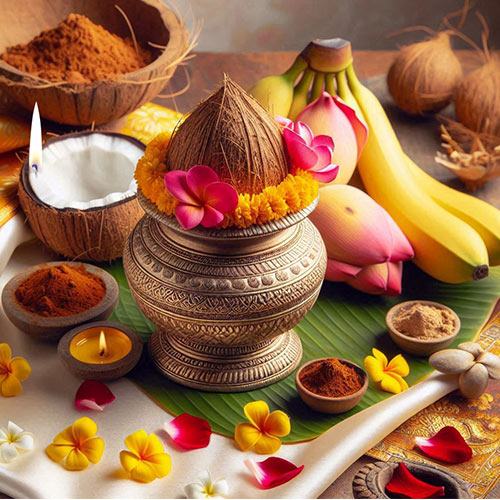

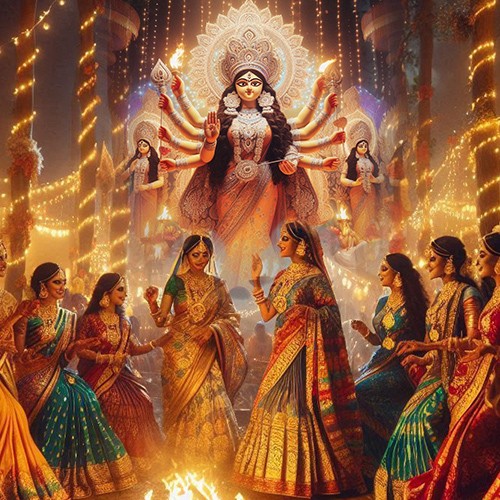
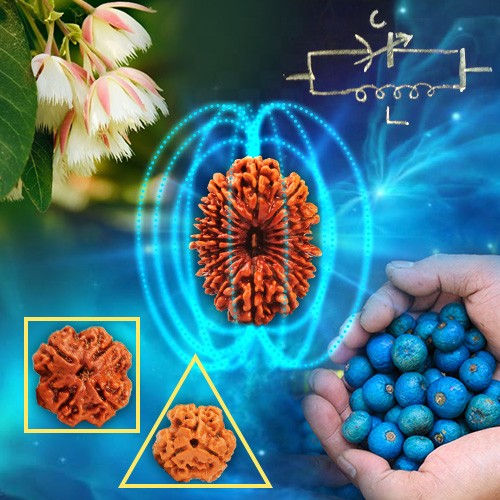

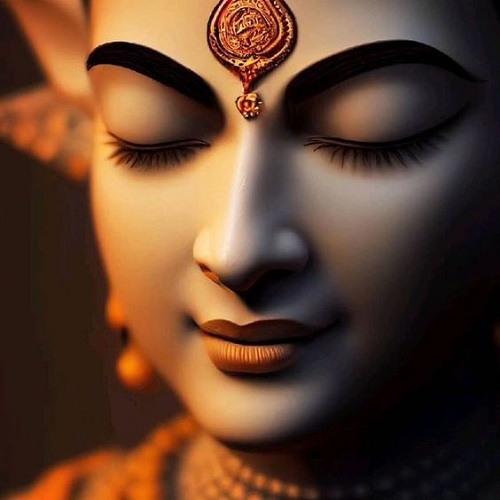
.jpg)
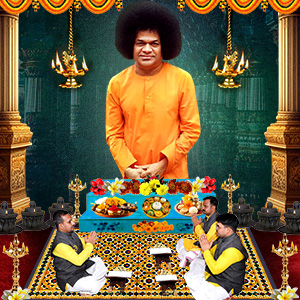
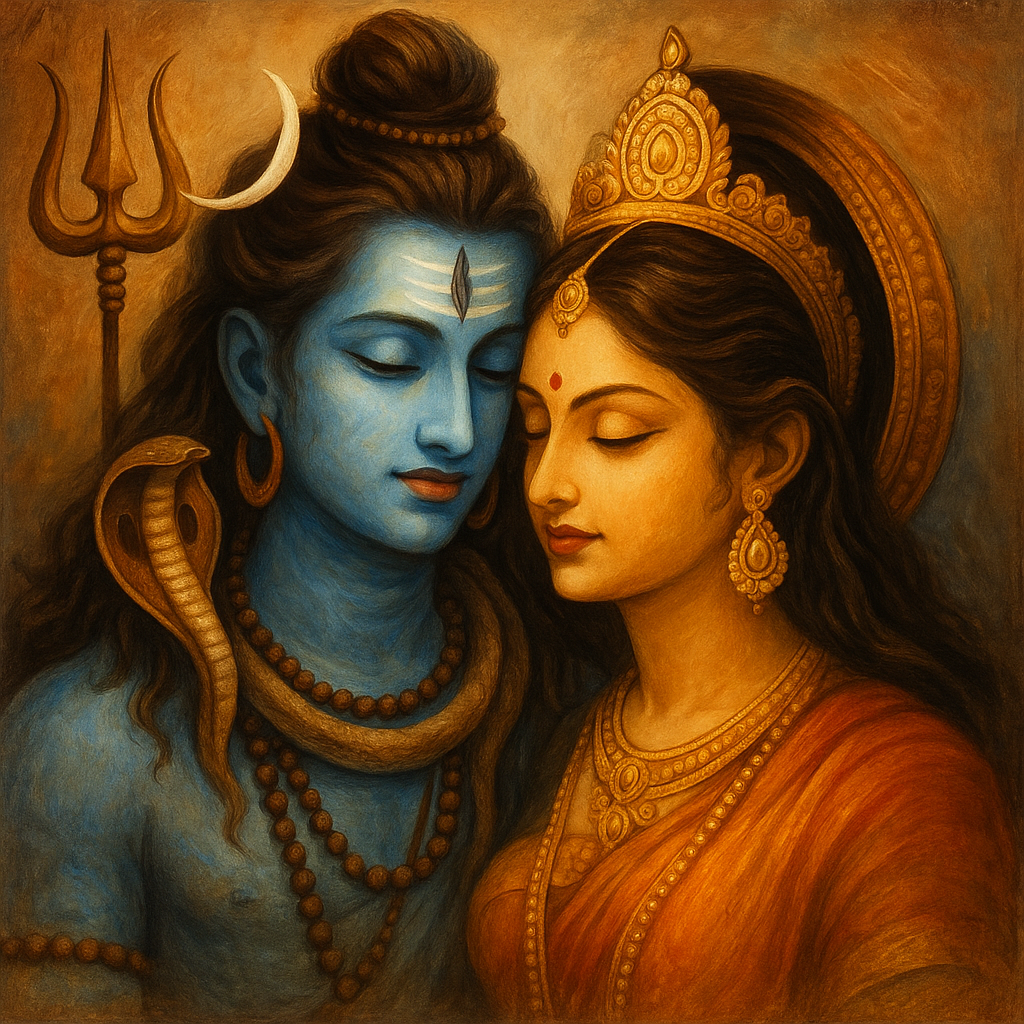
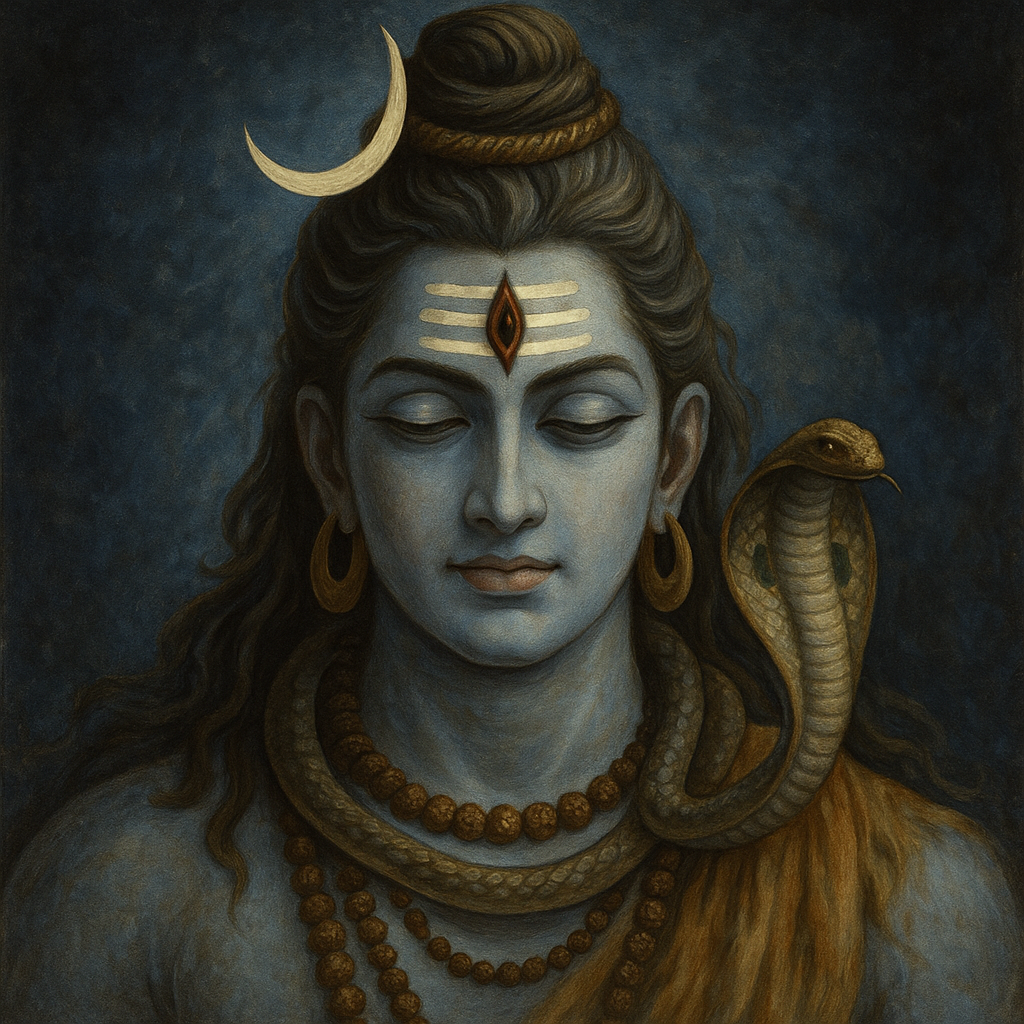
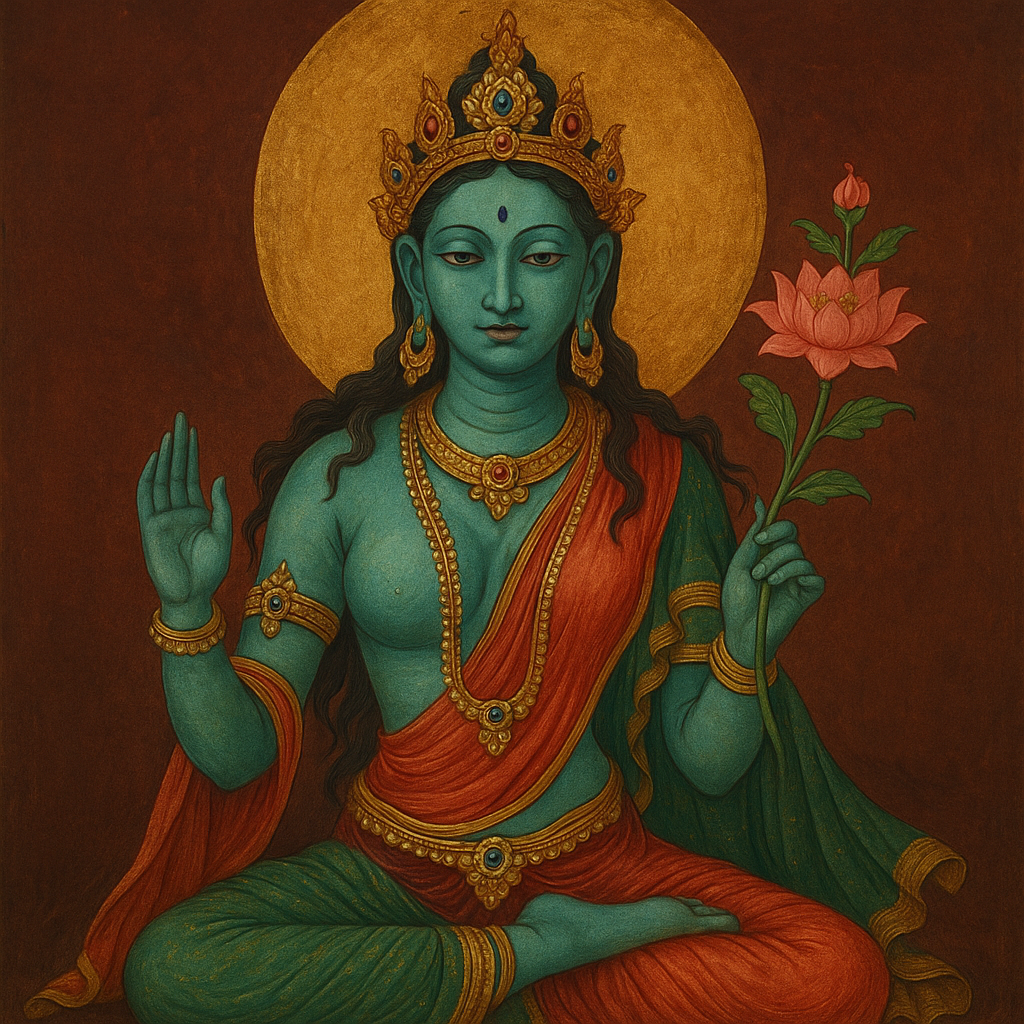
Comments 0
Leave your thought here